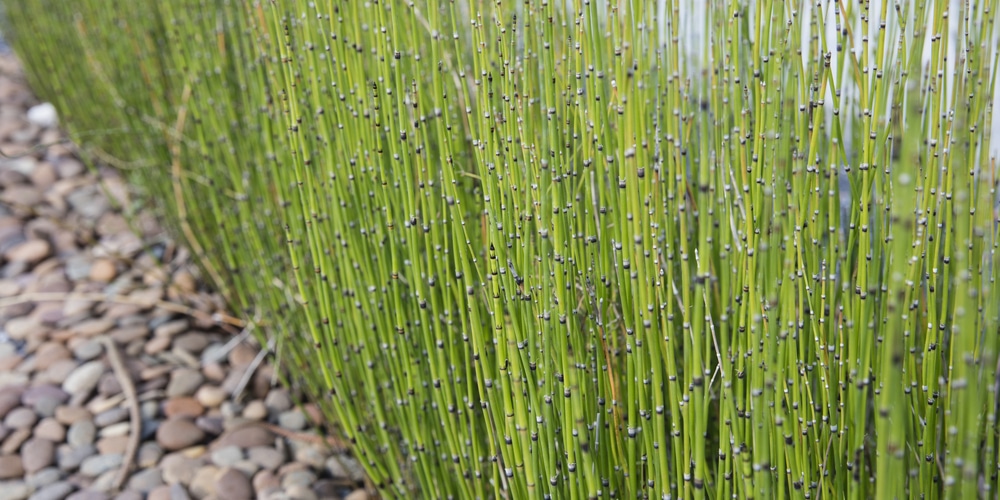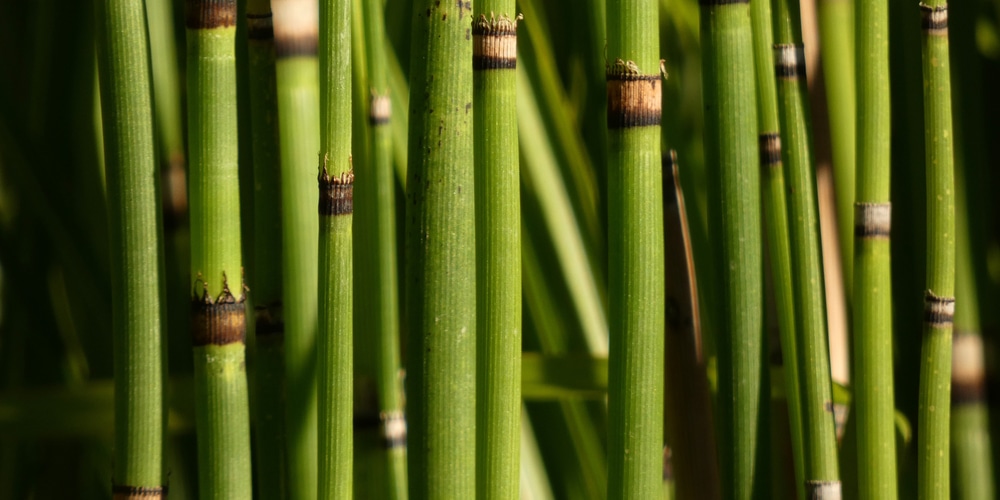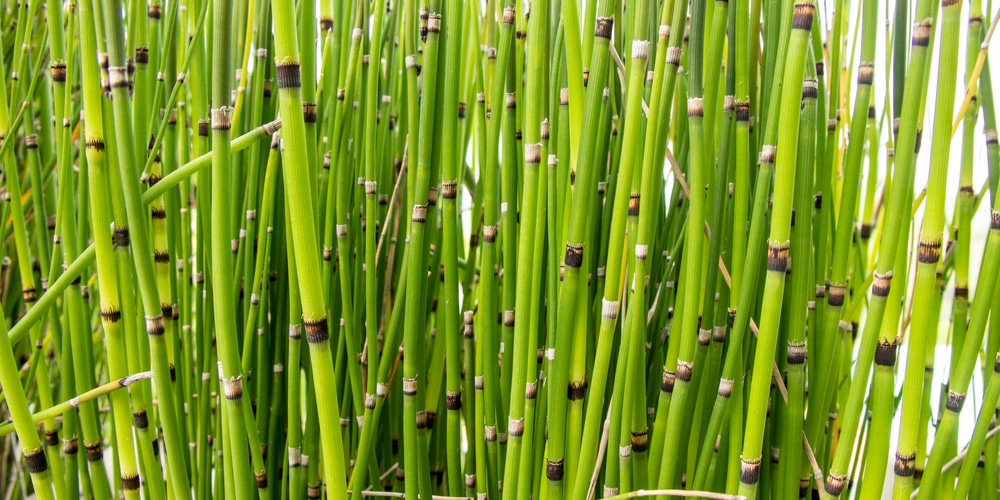Horsetail is one of the easiest to grow and very resistant to drought and pests. ‘Equisetum’ thrives in virtually every spot in your home or garden and adds some color in any space.
Does horsetail reed grow in shade? The answer is a resounding yes. A horsetail’s best environment is in full shade and sitting in consistently moist soil.
How to Grow Horsetail Reed
Horsetail reed is quite adaptable to any environment. It thrives best in full shade locations in your yard or even indoors as a container, but it can be made to bear full sunlight or partial sun and shade.
Soil media is an important factor that dictates how well your horsetail grows over time. It’s said that gravelly or sandy soil is best for the plant since it allows plenty of space in-between roots and gives them the air they need to form rhizomes. However, full sand or gravel is not recommended since it dries out too quickly and can leave the plant to constantly thirst for water (and get stressed in the process).
Therefore, the recommended media for horsetail reed is garden mix or topsoil that’s been generously amended with gravel or sand. This allows for a degree of air to circulate while giving the plant some much-needed moisture. Curiously enough, the less fertile the soil the more aggressive the plant tends to grow, a fact that could come handy if you’re looking to speed up or slow down your horsetail.
Horsetail reeds love moist soil, but they don’t want to get too waterlogged either. A 50-50 ratio of traditional potting mix with gravel or sand should suffice, so that every time you water excess water drains out quickly. Keep a regular watering schedule and only do so when the top few inches of the soil are dry.
You generally won’t have to worry about pests or diseases since horsetail reed is sufficiently hardy and tough. It’s worth noting that when left alone and in the open ground, horsetail reeds are considered invasive and can quickly overrun a garden or yard if you’re not careful.
Horsetail Plant Care and Maintenance
Horsetail can grow in any USDA zone and is more suited in containers and garden beds than out in the yard. They make for an easy, no-fuss landscape and can brighten up any room in the house.
When it comes to caring for horsetails you won’t need to do much except water them every now and then. These plants grow quickly on their own provided they’re not exposed to extreme environments. Horsetail reeds spread via rhizomes and can fill up a pot nicely and in such a short time.
In fact, the only maintenance you’ll be doing with a horsetail is by removing the dead stalks to make room for healthier ones. They’re highly tolerant of frost and can survive a winter season as long as you prepare for it. The evergreen perennial does not flower but the tall and stately foliage should more than make up for the lack of blooms.
Can I Grow Horsetail Reed Indoors
Horsetails take rather well to the shade, so much so that they can thrive in indoor environments as well.
Since you’ll be growing your horsetail in pots or containers then you have the freedom to put it anywhere you want. Just make sure that they get bright indirect light and the same potting medium as above and they can flourish for years. The best position therefore, is to put them near a window so they can enjoy bright sunshine.
Horsetail reed is somewhat toxic to pets, so it’s best to keep it out of reach. Also, you can prevent the roots from exploring by putting in a fine mesh on the drainage holes or by actively cutting them whenever you see them.
The stems do die back in response to the fall season but they tend to grow back on their own come spring season. You can remove the yellowed or brown stems to keep an aesthetically-pleasing appearance and watch as new shoots grow when the time is right.
Does Horsetail Reed Grow In Shade: Final thoughts
Keep in mind that horsetail still needs natural light to grow and won’t survive in artificial lighting. A window location or on the patio should suffice.
Related Article: Fall Blooming Reed Grass


